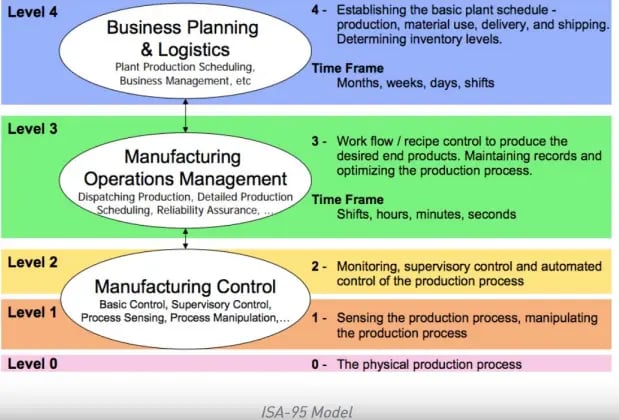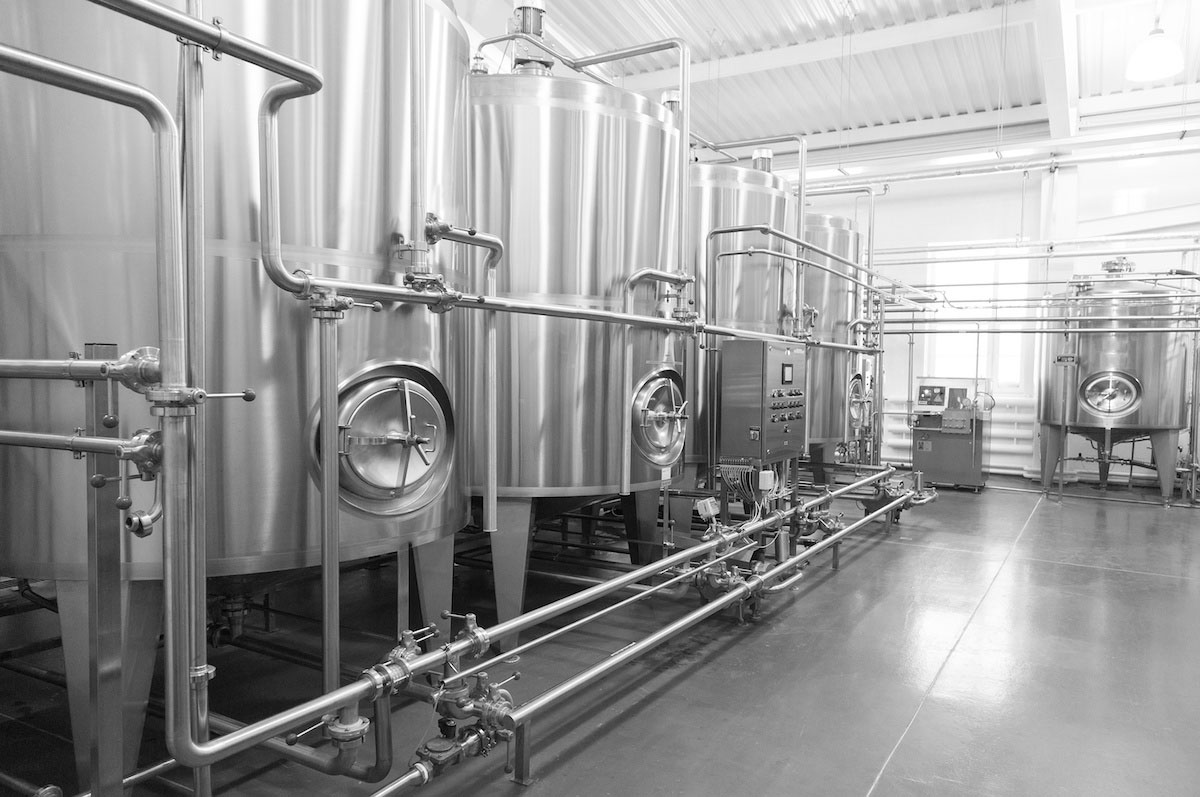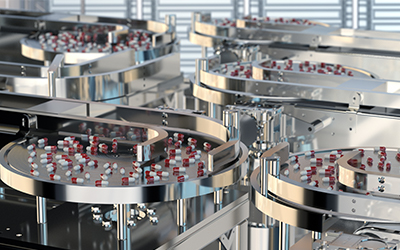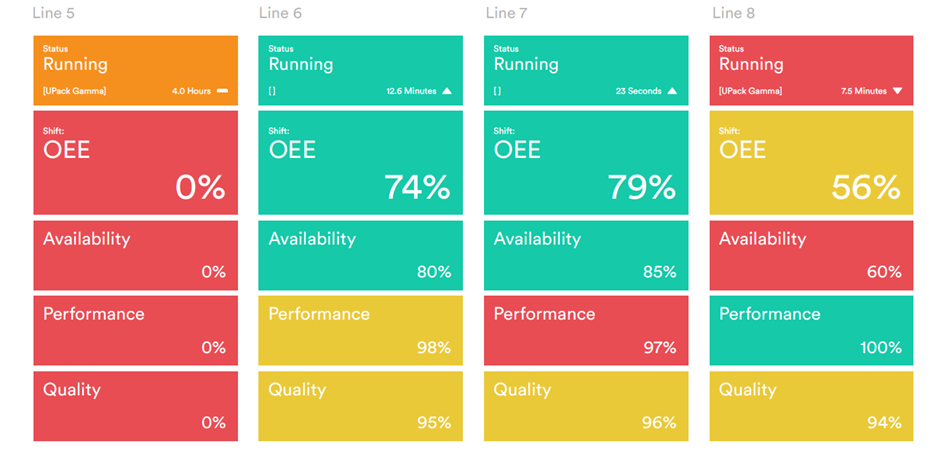The Evolution of MES
From the Monolithic Systems of the Past to Agile Cloud-Based Systems of Tomorrow
As Industrial Internet of Things (IIot) strategies and more connected smart systems make their way onto the plant floor, more production data is available than ever before. While more data means more visibility into your operations, it can also be overwhelming for plant managers to determine what data to collect, how to contextualize the collected data, and how to analyze the data in a meaningful way.
A well-thought-out MES can take data from the plant floor, contextualize it, and make it available to the right people at the right time for improved decision making.
What is a Manufacturing Execution System?
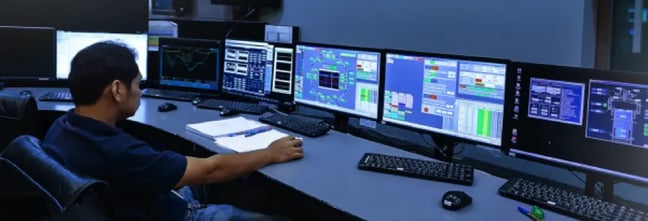
A manufacturing execution system (MES) is a software that can track everything that happens on a shop floor from raw materials to final products and all the data it takes to complete the manufacturing process.
What Does a Manufacturing Execution System do?
A manufacturing execution system (MES) collects and delivers floor data automatically.
For example, if a manufacturer was making 5,000 cans of soup per hour or packaging 10,000 syringes per day, without an MES, each operator would fill out a batch worksheet with production details manually - what was made, how much scrap there was, what the error rate was, and what problems they had with the equipment. This manual process left plenty of room for human error.
With a modern MES, production data from all shifts, on different lines, and across all manufacturing centers is automatically populated to a centralized database.
Where MES Began
"Early MES earned a reputation as an expensive and risky investment, which in turn created a huge barrier to entry for many manufacturers."
Since the Industrial Revolution began and mass production took shape, manufacturers have looked for ways to simultaneously increase production and efficiency.
In the early 1990’s, the term MES was first coined as a “dynamic information system that drives effective execution of manufacturing operations.”
Two Types of Early MES:
-
- Monolithic MES: A one-size-fits-all solution
- Custom-Coded MES: A solution designed by a systems integrator to meet specific needs
Understanding What MES is Today
Manufacturers today can use more modern, agile, and cost-effective systems that take advantage of IIoT and cloud-based technologies.
A properly executed MES can help your organization have better insight into any, or all, of the following tasks:
-
-
Performance tracking/OEE – See how fast and efficient your operations are running
-
Production tracking – Track how much was produced, the production error rate, and how that compares to other days
-
Track and trace – Understand product genealogy
-
ERP interface/integration – Show what is produced and available for sale or turn demand into a production order
-
Batch management/electronic batch records – Especially useful in heavily regulated industries
-
Historian – Easily store and retrieve data
-
What MES Will Be in the Future
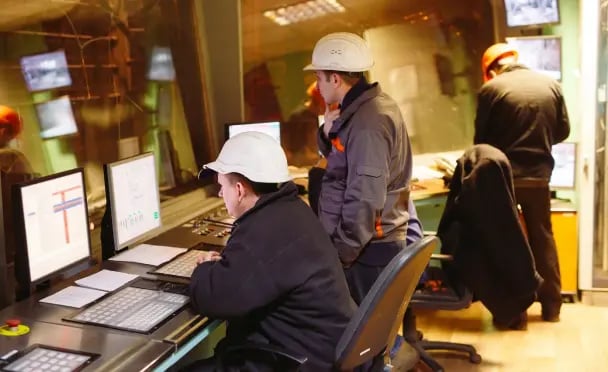
The MES of the future must address the biggest challenge of the shop floor - real time data delivery and analyzation.
Industry solutions are getting closer to addressing this issue by introducing cloud-based IIoT operating systems. With these systems, databases and data are hosted in the cloud, and manufacturers can use third-party apps to perform functions such as OEE or predictive maintenance.
Simply moving data to the cloud and adding analytics is not enough. How the data relates, and which data indicators of a well-running system are important considerations that must be made to implement an effective MES.
The C-suite wants production-level data
Engineers need visibility into maintenance issues
Plant managers are looking for data on the efficiency of individual processes
Easily providing this visibility into the plant floor is where a remotely accessible cloud-based MES solution is key. But manufacturers need to be sure the data is contextualized properly.
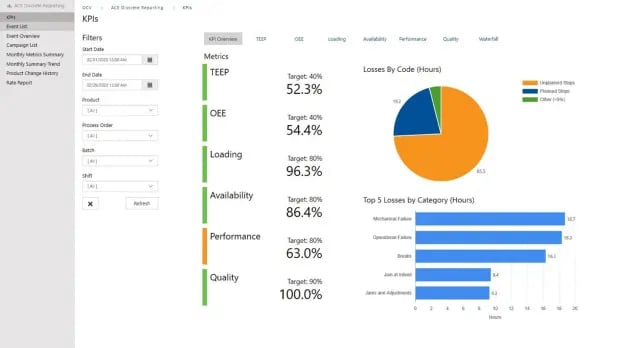
An MES Dashboard showing key performance indicators developed by ACE
using Parsec’s TrakSYS software.
There are many MES solutions and third party integrators. It's best to evaluate new technologies and research what is being done differently and better in the industry. One best practice is to use a solution that localizes the real-time data and system components at the plant floor while pushing the data required for storage and analytics to the cloud where it can be consumed by business stakeholders using their browsers and mobile devices.
There are also some challenges within most organizations as industrial and enterprise networks become more intertwined. Traditionally, operations technology (OT) managers have overseen the plant floor. Other business systems, such as Enterprise Resource Planning (ERP) systems are typically managed by IT.
So, what's the difference between MES and ERP? The simple answer is ERPs collect and analyze all business data ranging from finances to HR and yes, even production and manufacturing. MES is developed specifically to collect and analyze data for shop-floor processes and operations. While IT manages ERP, they may also have a hand in MES, however...
It would be a mistake for IT to exclusively manage an MES implementation and maintenance as they may not understand the unique requirements of manufacturing.
First, the questions that need to be asked when setting up the industrial network used by the MES are not the typical questions IT considers, such as "How will changes to the networks and systems impact production?" Production downtime is much different than downtime for an enterprise network.
Additionally, IT may not be familiar with the different priority levels for data delivery and the considerations involved with ensuring long-term data integrity. As you plan your MES implementation it's important to form a strong partnership between IT, OT, and manufacturing managers to be successful.

